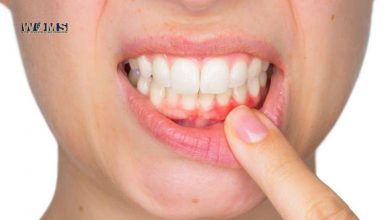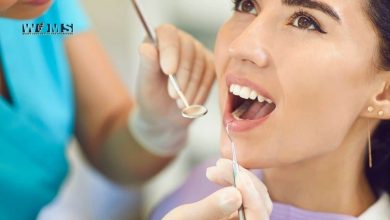How to Deal with Incontinence in Elderly: Empowering Tips for a Comfortable Lifestyle

As we age, it’s common to experience changes in our bodies and one of the challenges that some individuals face is incontinence. While incontinence may seem daunting, it’s important to remember that you’re not alone, and there are effective strategies to manage and cope with this condition. In this article, we will provide empowering tips on how to deal with incontinence as you age, helping you maintain a comfortable and fulfilling lifestyle.
1. Seek Professional Guidance
The first step in dealing with incontinence is to consult with a healthcare professional. They can assess your condition, identify potential underlying causes, and recommend appropriate treatment options. Seeking professional guidance allows you to develop a tailored plan for managing incontinence that suits your specific needs.
2. Strengthen Pelvic Floor Muscles
Exercising the pelvic floor muscles can significantly improve bladder control and reduce the severity of incontinence. Kegel exercises, specifically designed to strengthen these muscles, can be beneficial. Consult a healthcare professional or a physical therapist for guidance on performing these exercises correctly and effectively.
3. Follow a Healthy Diet
Dietary habits can play a role in managing incontinence. Certain foods and beverages, such as caffeine, alcohol, and spicy or acidic items, can irritate the bladder and worsen symptoms. Opt for a well-balanced diet rich in fiber, fruits, vegetables, and water to promote regular bowel movements and overall urinary health.
4. Establish a Bathroom Routine
Creating a bathroom routine helps manage incontinence effectively. Regularly scheduled bathroom breaks, even if you don’t feel the immediate need to urinate, can help prevent accidents and empty the bladder more completely. Set reminders or alarms to ensure you stick to your routine, especially during busy or distracting periods.
5. Utilize Incontinence Products
Incontinence products, such as adult diapers or absorbent pads, can provide a sense of security and confidence. Modern products are designed to be discreet, comfortable, and highly absorbent, ensuring you can go about your daily activities without worry. Explore different brands and types of incontinence products to find the ones that best suit your needs and preferences.
6. Maintain Hygiene and Skin Care
Proper hygiene and skin care are crucial when managing incontinence. Cleanse the perineal area gently with mild soap and warm water, and pat the skin dry to prevent irritation or infection. Apply moisturizers or barrier creams to protect the skin’s integrity and maintain its health.
7. Stay Active and Maintain a Healthy Weight
Engaging in regular physical activity and maintaining a healthy weight can have positive effects on incontinence management. Exercise improves overall muscle tone, including the pelvic floor muscles, and helps regulate bowel movements. Consult your healthcare professional to determine suitable activities based on your physical condition and capabilities.
8. Embrace Emotional Support
Living with incontinence can have emotional and psychological impacts. It’s essential to seek emotional support from friends, family, or support groups who can provide understanding, empathy, and valuable advice. Sharing experiences and feelings with others in similar situations can foster a sense of community and empowerment.
Dealing with incontinence as you age requires a proactive and holistic approach. By seeking professional guidance, strengthening pelvic floor muscles, following a healthy diet, establishing a bathroom routine, utilizing incontinence products, maintaining hygiene and skin care, staying active, and embracing emotional support, you can effectively manage this condition and maintain a comfortable lifestyle. Remember, with the right strategies and support, you can continue to live a fulfilling and confident life regardless of incontinence.




